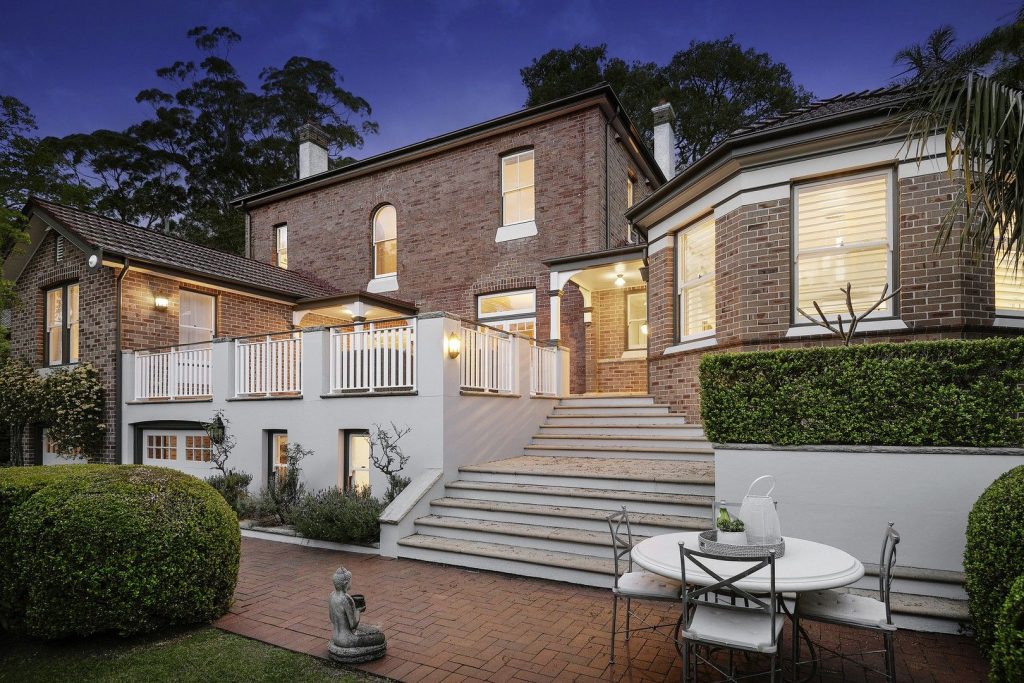

As lockdown restrictions ease across Sydney, Melbourne and the ACT, the spring selling season has started in earnest, and vendors are piling properties onto the market.
New listings have surged 28.2% nationally in the four weeks to mid-October, amounting to more than 45,000 new properties added to the market. The news could be a relief for buyers, because it means they have more stock to choose from after an extended period of relatively short advertised supply.
But this raises important questions: is the freshly advertised stock sitting in parts of Australia where people actually want to buy? Or, is this an indicator of vendors trying to offload properties that have not seen high levels of demand? Looking at listings data in more detail, it seems that the answer is a bit of both.
Unit stock is rising at a faster rate than houses
The COVID pandemic has shaped distinct preferences in housing demand, with detached houses proving more popular than units, and the biggest price uplifts occurring across coastal and lifestyle markets in the capital cities and regions.
Of the 45,171 new listings added to market over the past four weeks, 71.7% were houses, but this is down from a five-year average where houses typically make up 74.0% of new listing campaigns. Unit listings freshly added to market have risen 39% in the past four weeks, compared to a 24% rise in new house listings.
Figure 1 shows the rolling count of new listings through 2021 for houses and units nationally, compared with 2020 and the pre-COVID average. Compared with the pre-COVID five-year average, new house listings are still trending -5.5% lower. Meanwhile, unit listings are trending 11.2% higher. Given the relative popularity of detached housing through the pandemic, where national house values have increased 22.9% in the 12 months to September compared with a 12.0% rise in units, buyers may still find the volume of house listings relatively constrained.
The majority of capital cities and regions are still seeing a decline in total stock levels
It is also worth noting while new listings have grown substantially, total advertised stock remains fairly tight. Total listings refer to the count of all advertised stock, not just that which has been newly advertised in the past four weeks.
Figure 2 summarises the total level of listings relative to the previous four-week count, as well as the pre-COVID average for this time of year. The table suggests across the greater capital city and rest of state regions, total listings volumes have increased by around 6,000 amid the surge in new stock. Most of the uplift in total stock has been across Melbourne, Sydney and regional Victoria. Smaller increases in stock levels have been seen across regional Tasmania, Hobart and the ACT. However, every other regional and capital city market is experiencing a fall in total stock levels.
There has been an increase in stock across some popular pockets of the market
The regions where total listings volumes have increased the most over the past four weeks shows a mix of desirable, owner-occupier markets and investor-concentrated markets where housing demand has been more subdued through the course of the pandemic.
Figure 3 features the top 50 local government areas (LGAs) in Australia with the biggest jump in total stock for sale over the past four weeks. The chart also shows where total listings are relative to the pre-COVID norm.
Most of the regions with the biggest listings uplift in the past four weeks are concentrated across Melbourne and Sydney. These include markets that have been associated with more subdued capital growth, such as Melbourne’s Wyndham council, where values are 5.8% higher over the year, and Stonnington, where values have risen 8.3%, compared to a Melbourne-wide uplift of 15.0% in dwelling values.
What is interesting is there has been a big jump in volumes across markets that have been extremely popular through the pandemic, such as the Mornington Peninsula in Victoria, where total listings increased by 261 campaigns over the past four weeks. The Mornington Peninsula region has been one of the highest-growth markets in the country, where dwelling values have risen 35.3% in the 12 months to September. The same can be said for the Northern Beaches of Sydney, where dwelling values have increased 37.2% in the same period, and listings campaigns have increased by 112 in the past four weeks.
